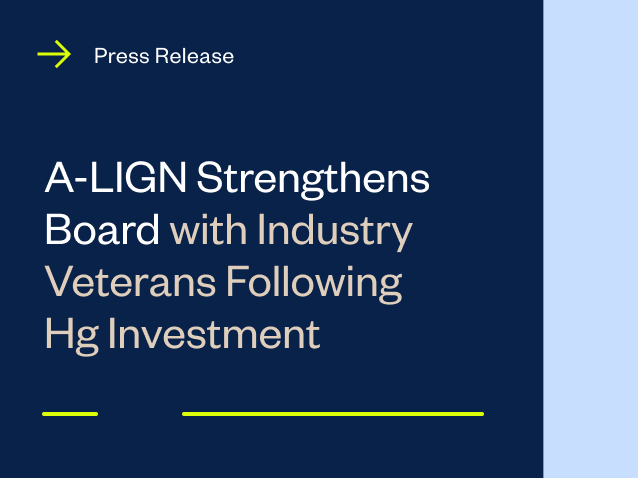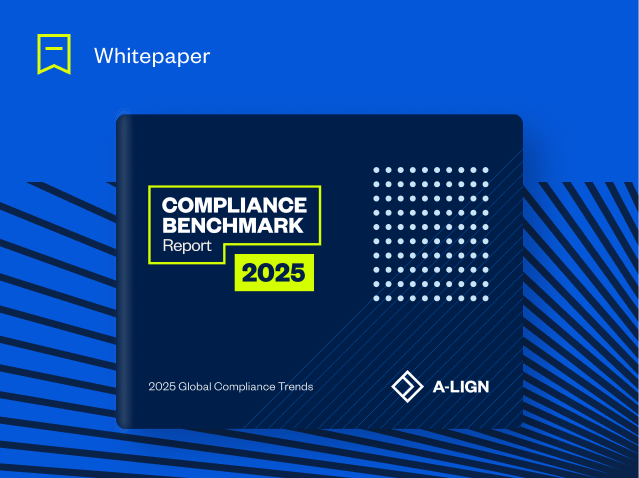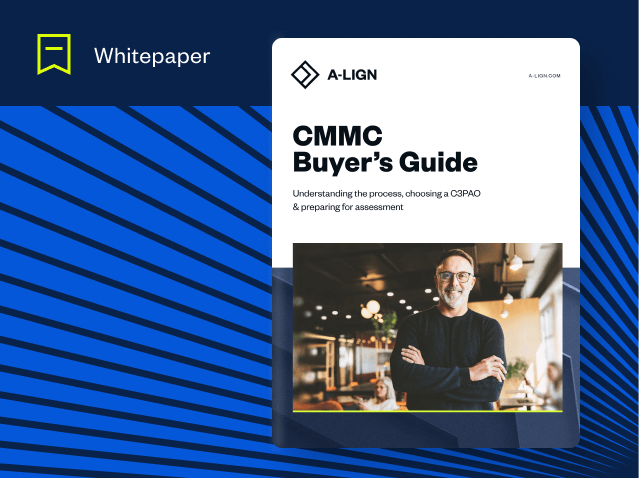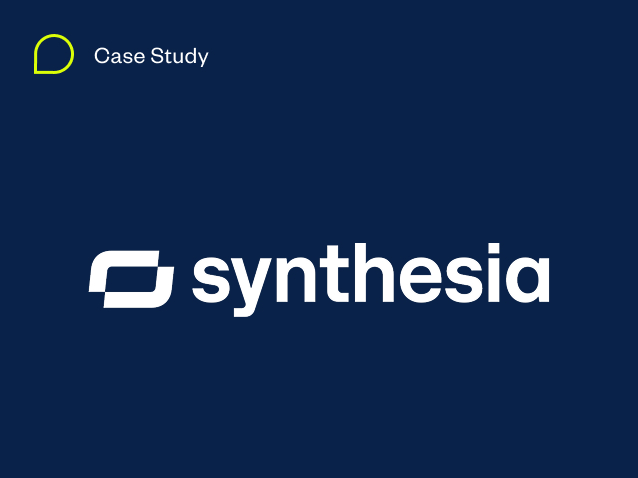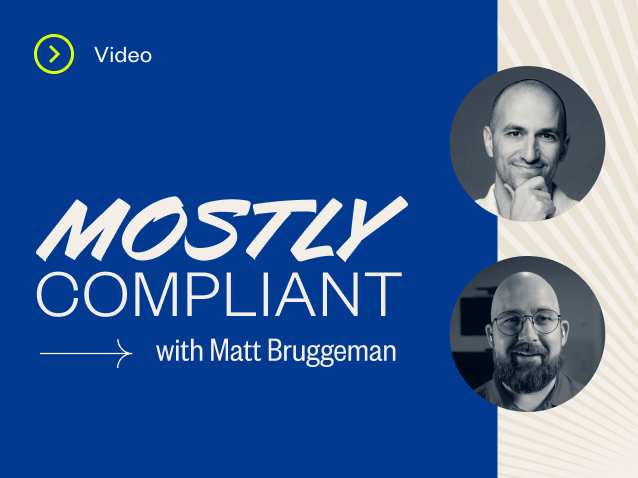Are you looking to strengthen your organization’s cybersecurity measures and demonstrate your commitment to protecting sensitive information? Understanding the relationship between SOC 2 and HITRUST can be instrumental in achieving these goals. SOC 2 and HITRUST are two widely recognized frameworks that provide comprehensive guidelines for managing security controls and ensuring the confidentiality, integrity, and availability of sensitive data. While each framework has its own unique focus and requirements, they are not mutually exclusive. In fact, they complement each other in many ways, allowing organizations to simultaneously complete both assessments and reap benefits from both.
In this blog post, we will explore the synergies between SOC 2 and HITRUST and how leveraging both frameworks can enhance your organization’s cybersecurity posture and instill confidence in your stakeholders.
Types of HITRUST Assessments
HITRUST has two methods to approach complying with the HITRUST CSF with each providing their own unique benefits, depending on the needs of an organization. They include the Self-Assessment, and a Validated Assessment, which leads to HITRUST certification. They each function on varying degrees of assurance based on the cost, effort-level, and time required. The benefits of any type of HITRUST CSF Assessment include:
- Scalability for organizations of any size
- Allows for organizations to understand their current level of compliance with the CSF and areas of general risk
HITRUST Self-Assessment
The HITRUST MyCSF is designed to be completed by an organization in order to minimize time and resources when demonstrating compliance with the CSF. The self-assessment can also be used as a stepping stone to a validated assessment. The benefits include:
- Low to medium level of effort needed to complete
- Can be quickly completed
However, one of the disadvantages of completing a self-assessment report is that it provides the lowest level of assurance, as no validation comes from the self-assessment: it simply results in a HITRUST issued CSF Self-Assessment report.
Validated Assessment
A Validated Assessment is a more rigorous assessment process, with an increase in assurance level performed by a CSF assessor firm to validate the information gathered by the organization. One of the benefits of receiving a CSF validated assessment includes providing an increased assurance level to the relying entity.
The process is more rigorous due to on site testing at the entity to be performed by an authorized CSF assessor. A validated assessment requires a medium to high level of effort for completion, due to the on-site time and rigorous testing procedures. Upon completion, HITRUST reviews the complete assessment and issues a Validated Report as the outcome if the organization has failed to receive a rating of 3 or higher on any of the controls.
Certified Assessment
While an organization goes through the same audit-process when receiving either a validated assessment or a certified assessment, becoming HITRUST certified means that the organization received at least a 3 on HITRUST’s scale and has shown a high-level of maturity.
The benefits of receiving a CSF certified assessment include:
- The report is good for 2 years, with an interim assessment completed at the one-year mark.
- Provides the most complete assurance level certified by HITRUST. The organization that receives a certified assessment must meet all of the certification requirements of the CSF.
A certified assessment is only earned once an organization successfully demonstrates that they are able to meet all of the controls in the CSF required for certification at the appropriate level based on organizational needs.
SOC 2 and HITRUST
What is SOC 2?
SOC 2 reports describe the internal controls at a service organization, based on the AICPA’s Trust Principles:
- Common Criteria (Security)
- Availability
- Processing Integrity
- Confidentiality
- Privacy
SOC 2 reports provide users with management assertions, a description of both the system and the controls, tests and the results of the tests, and the independent service auditor’s report. The SOC 2 is widely used by service organizations that provide services to other business entities.
HITRUST and the American Institute of Certified Public Accountants (AICPA) have developed a collaborative approach that aligns the AICPA’s Trust Principles with the HITRUST CSF criteria. This allows licensed CPA firms, who are also CSF assessor firms to issue a SOC 2 plus HITRUST report that includes both the SOC 2 criteria and HITRUST CSF. This makes HITRUST and SOC 2 complementary services through this converged reporting model. The benefits for your organization include:
- Save time
- Save on costs
- Gain efficiency
- Increase your client satisfaction
This streamlining process allows organizations to simplify the process of leveraging their HITRUST CSF for SOC 2 reporting.
